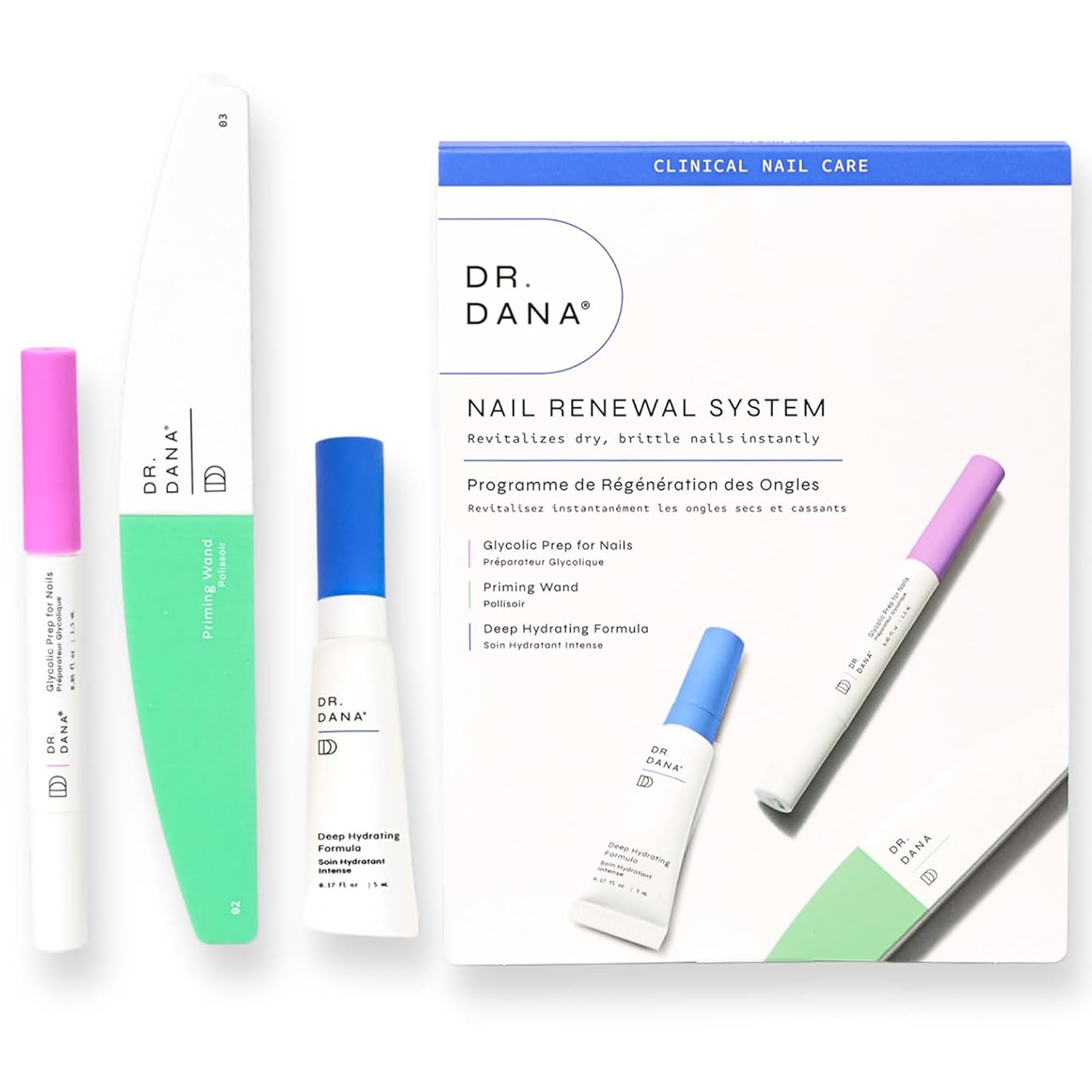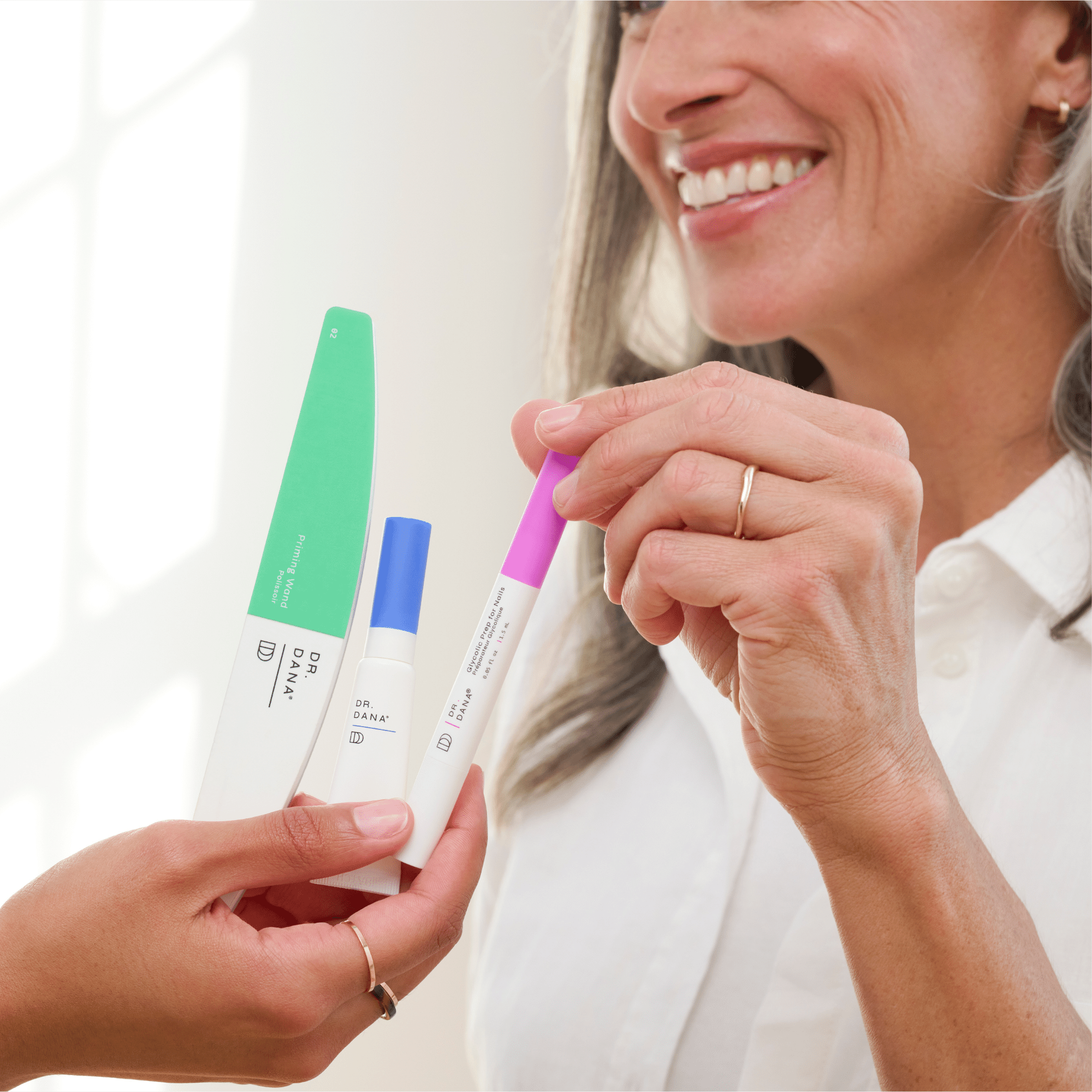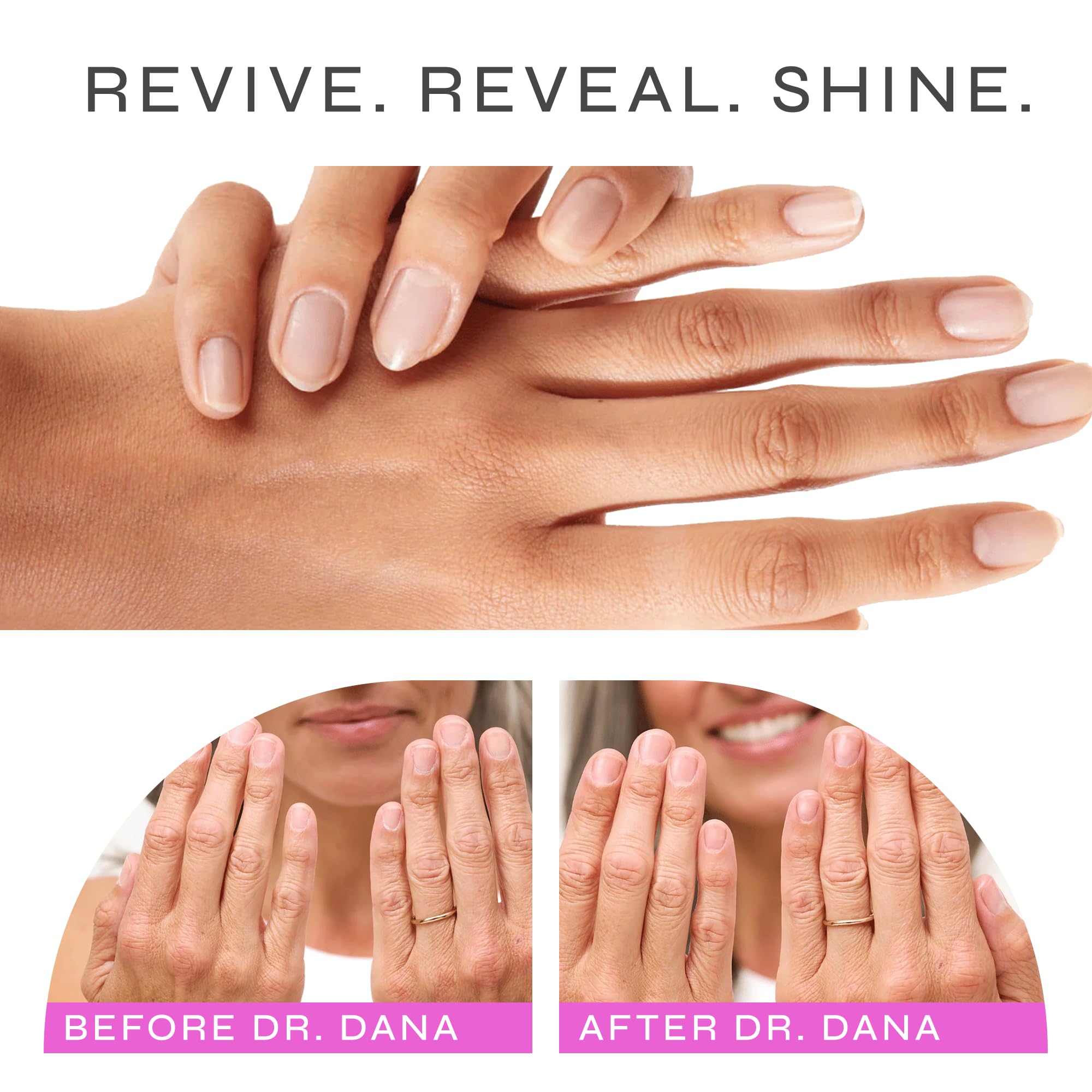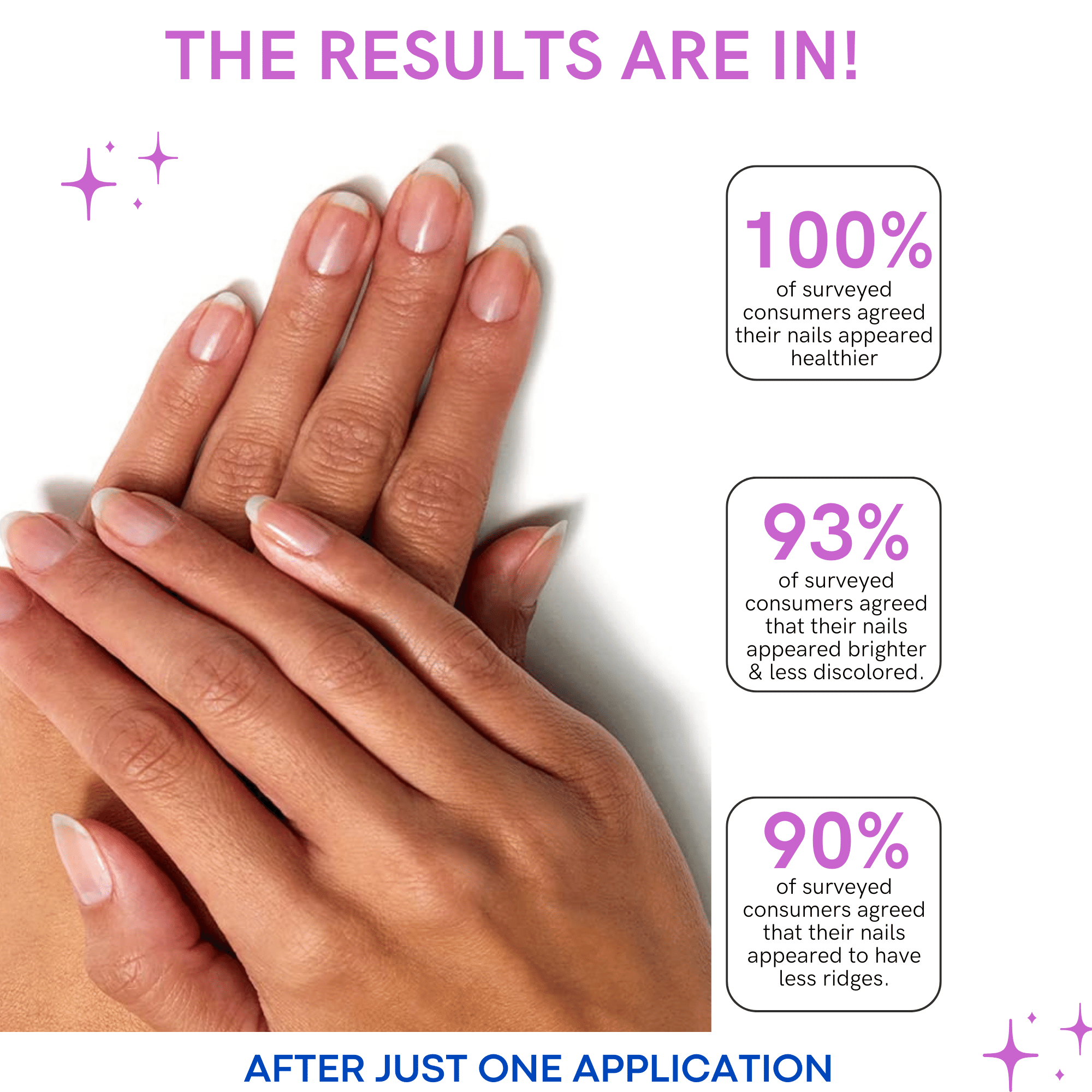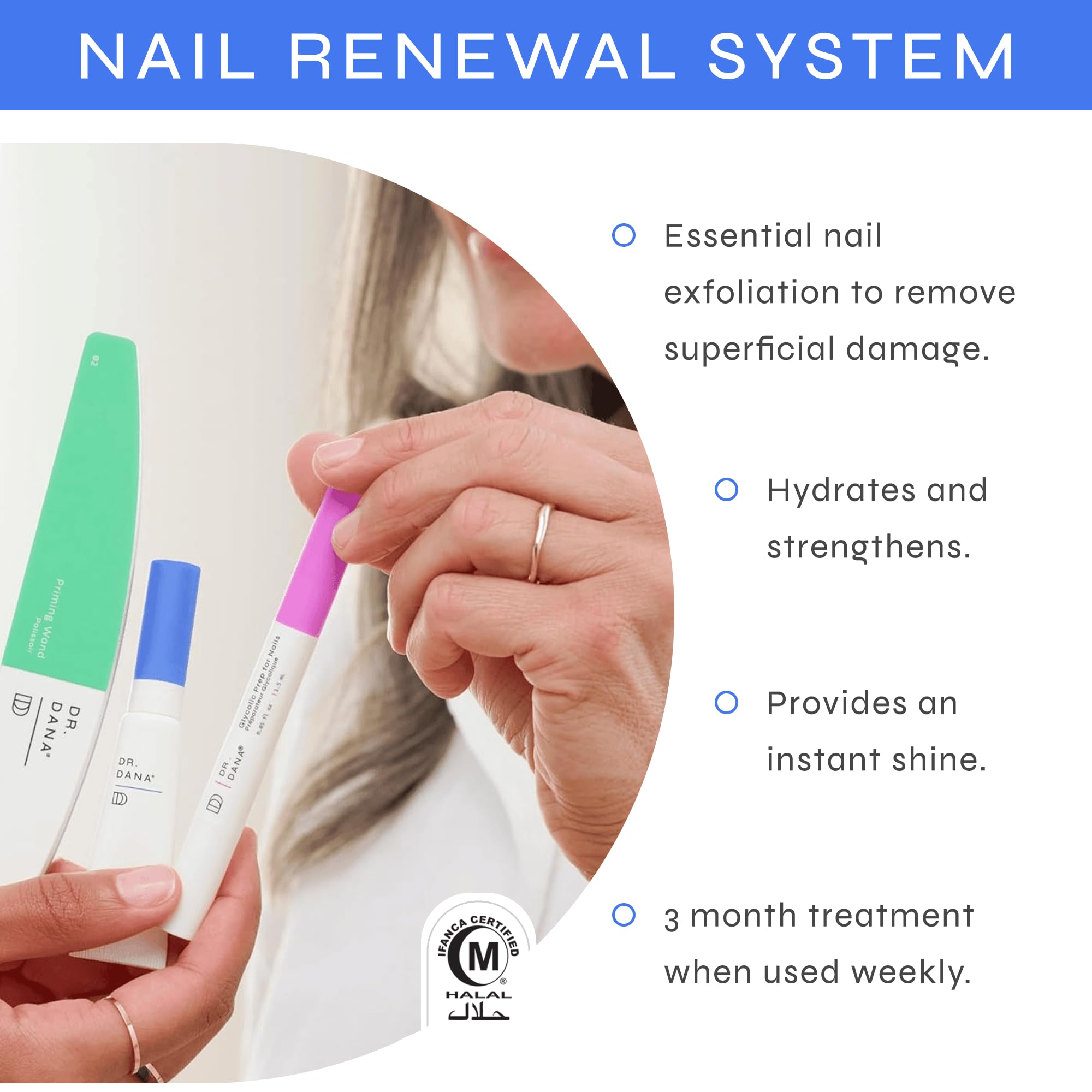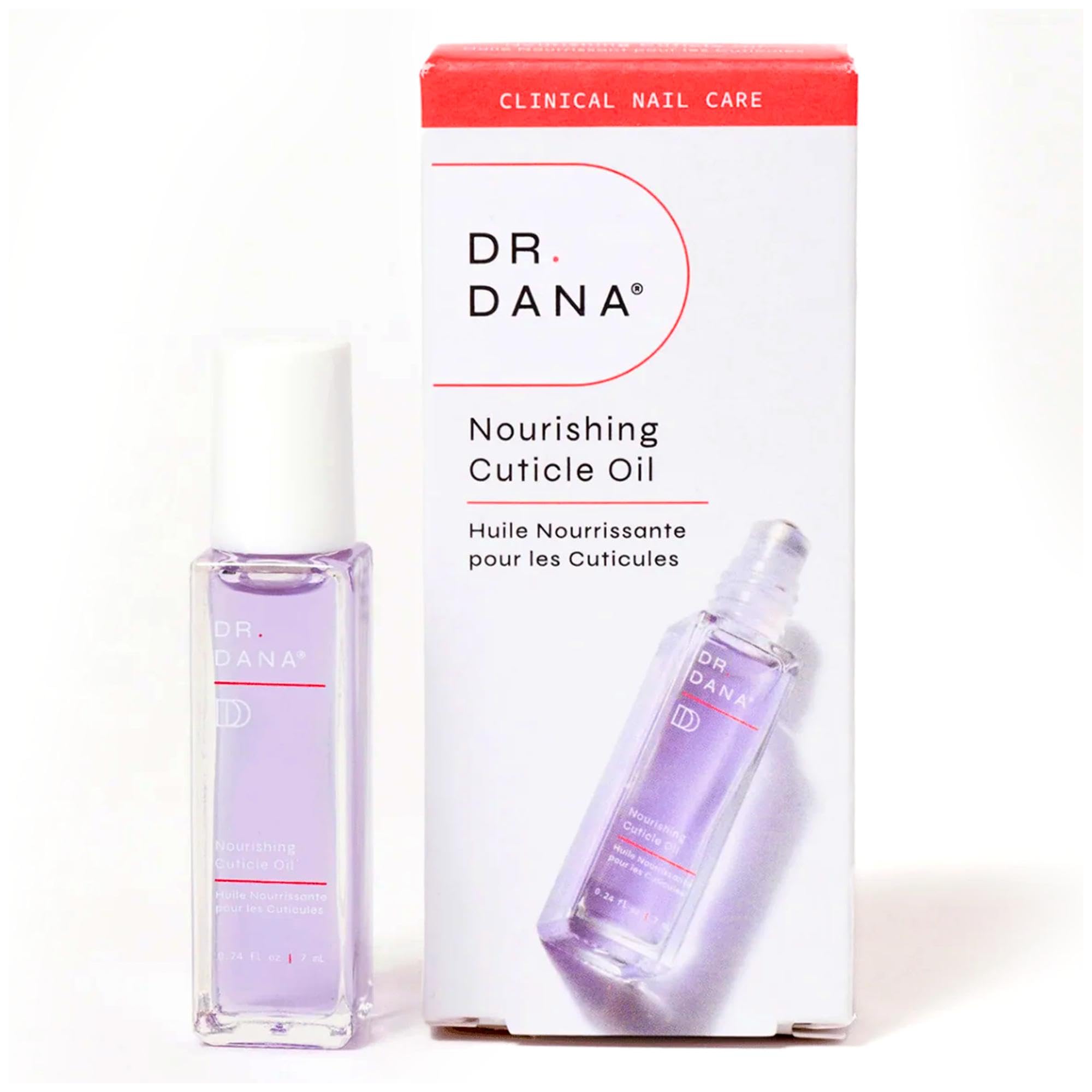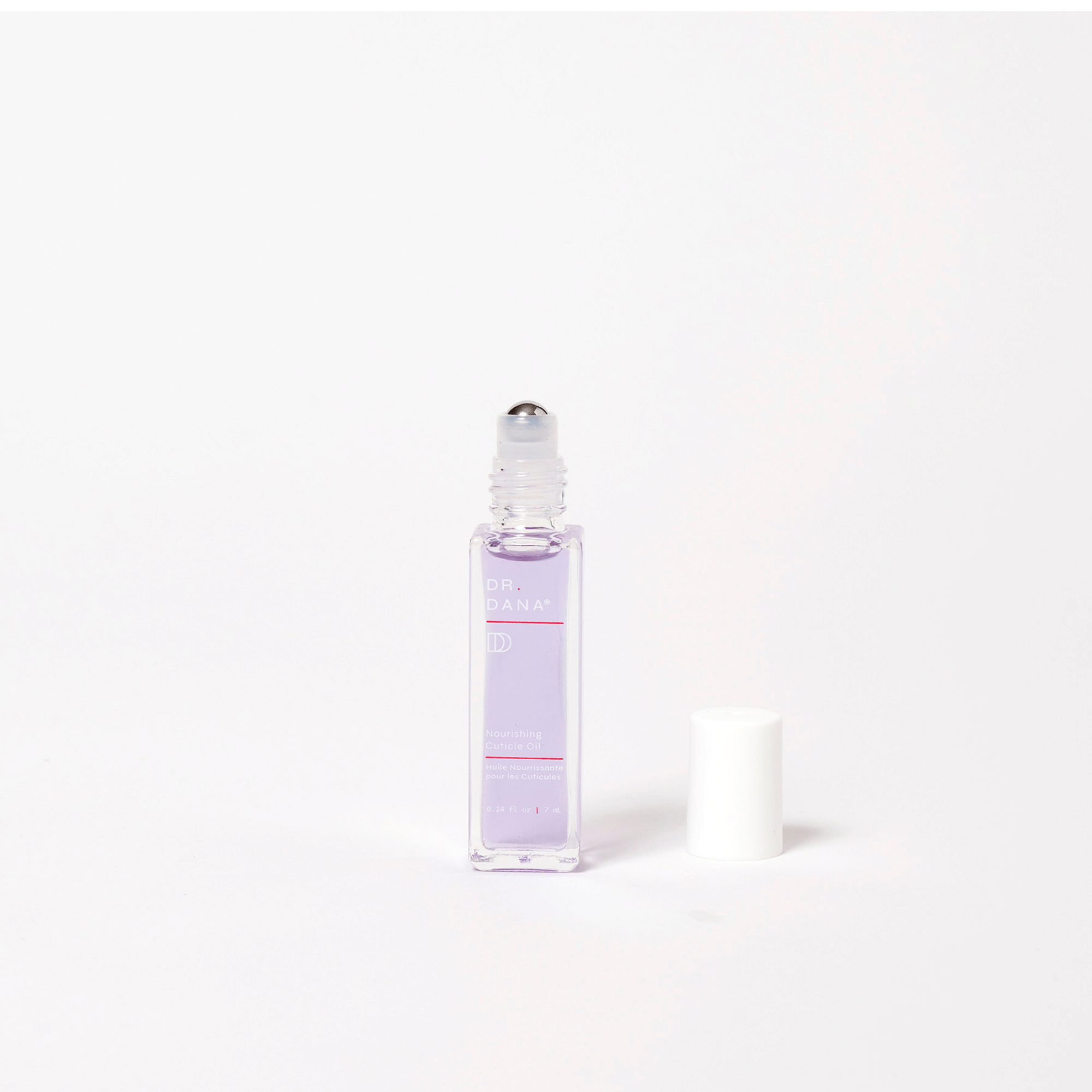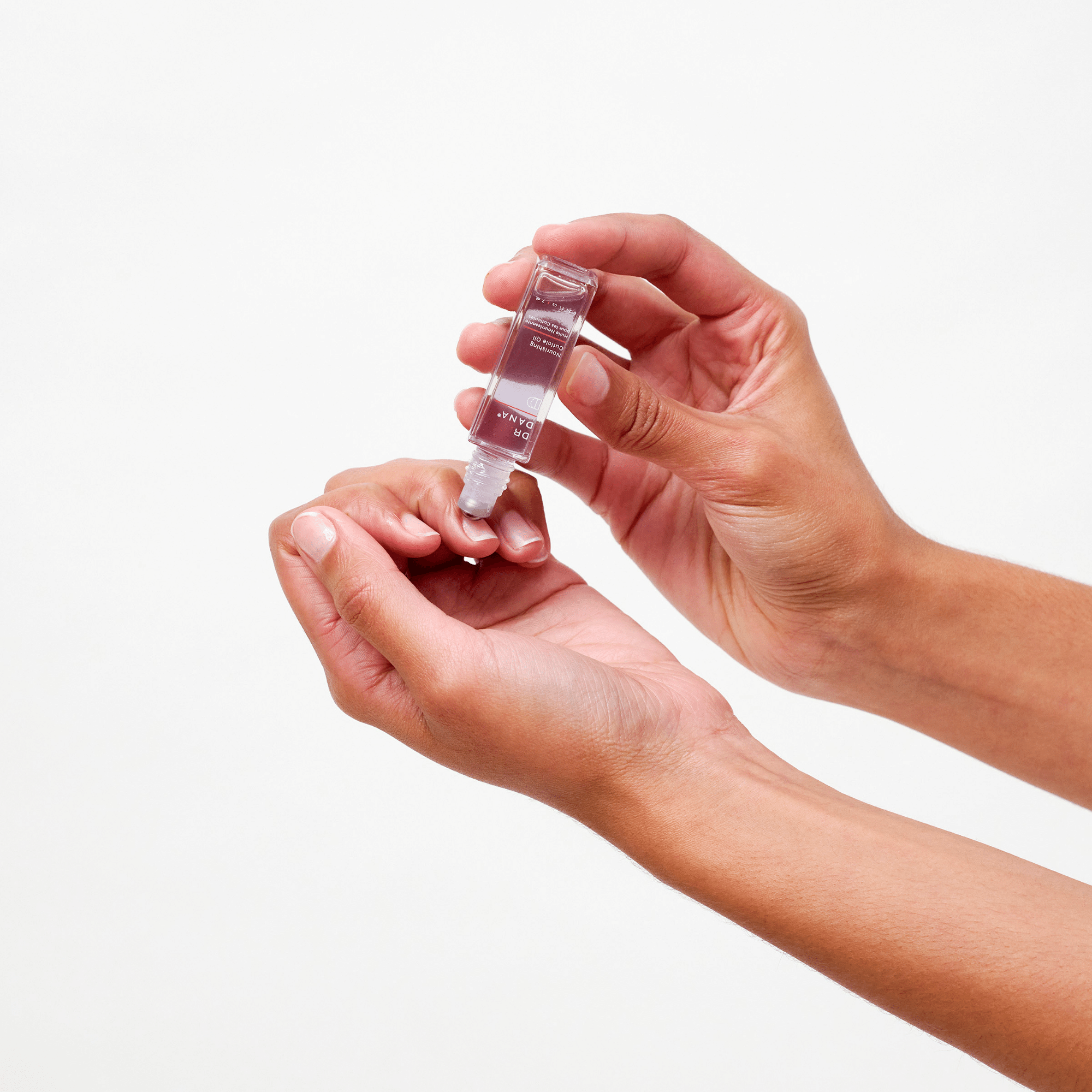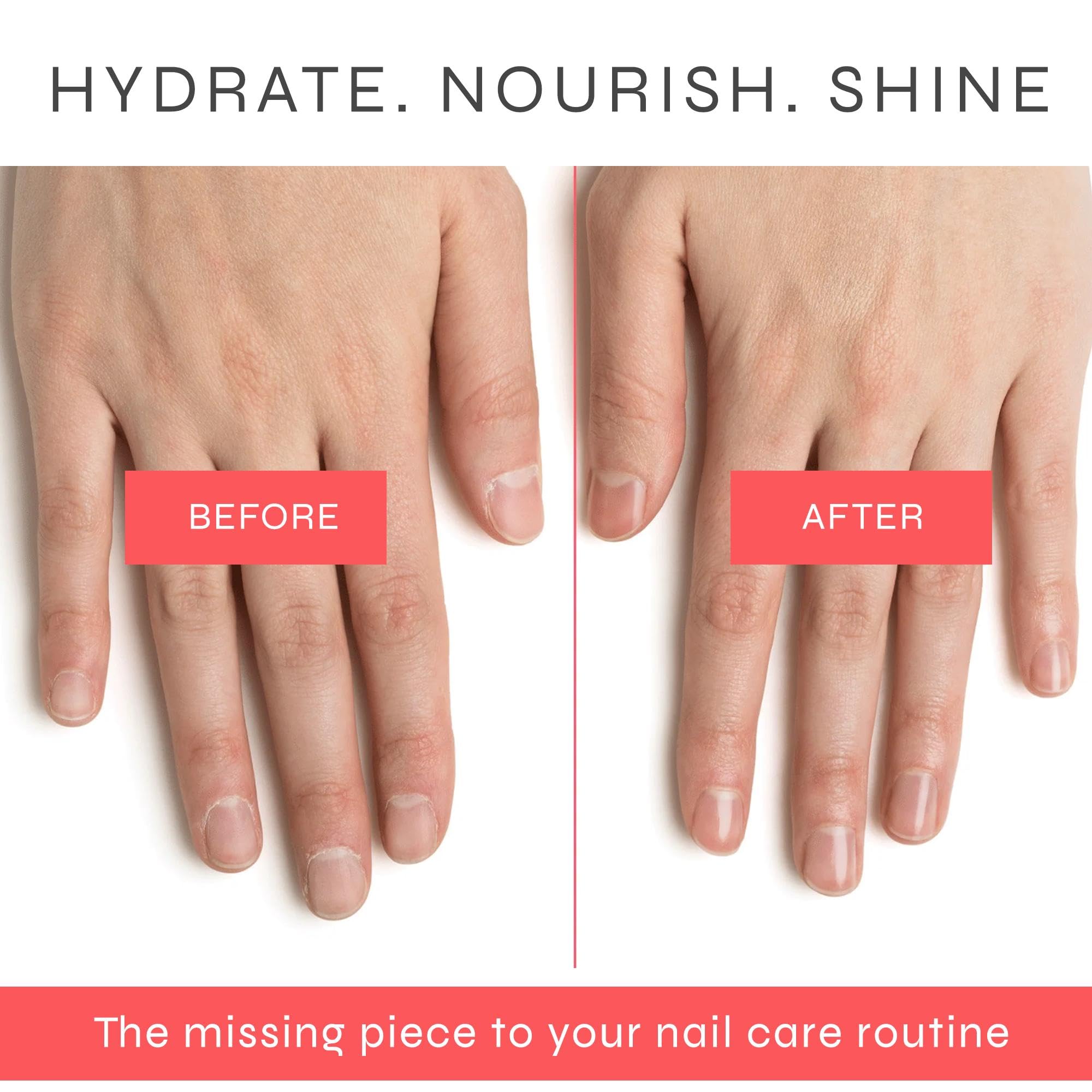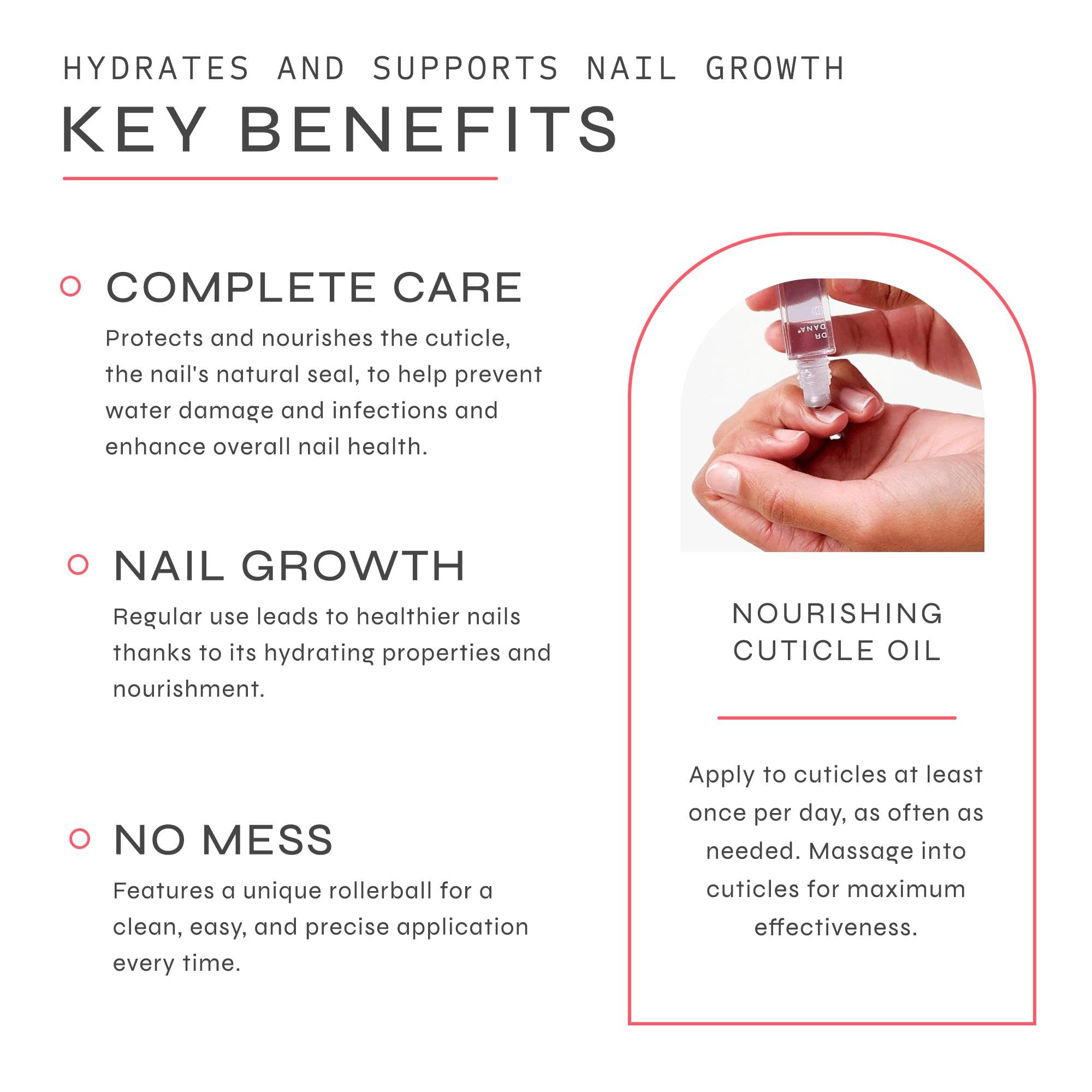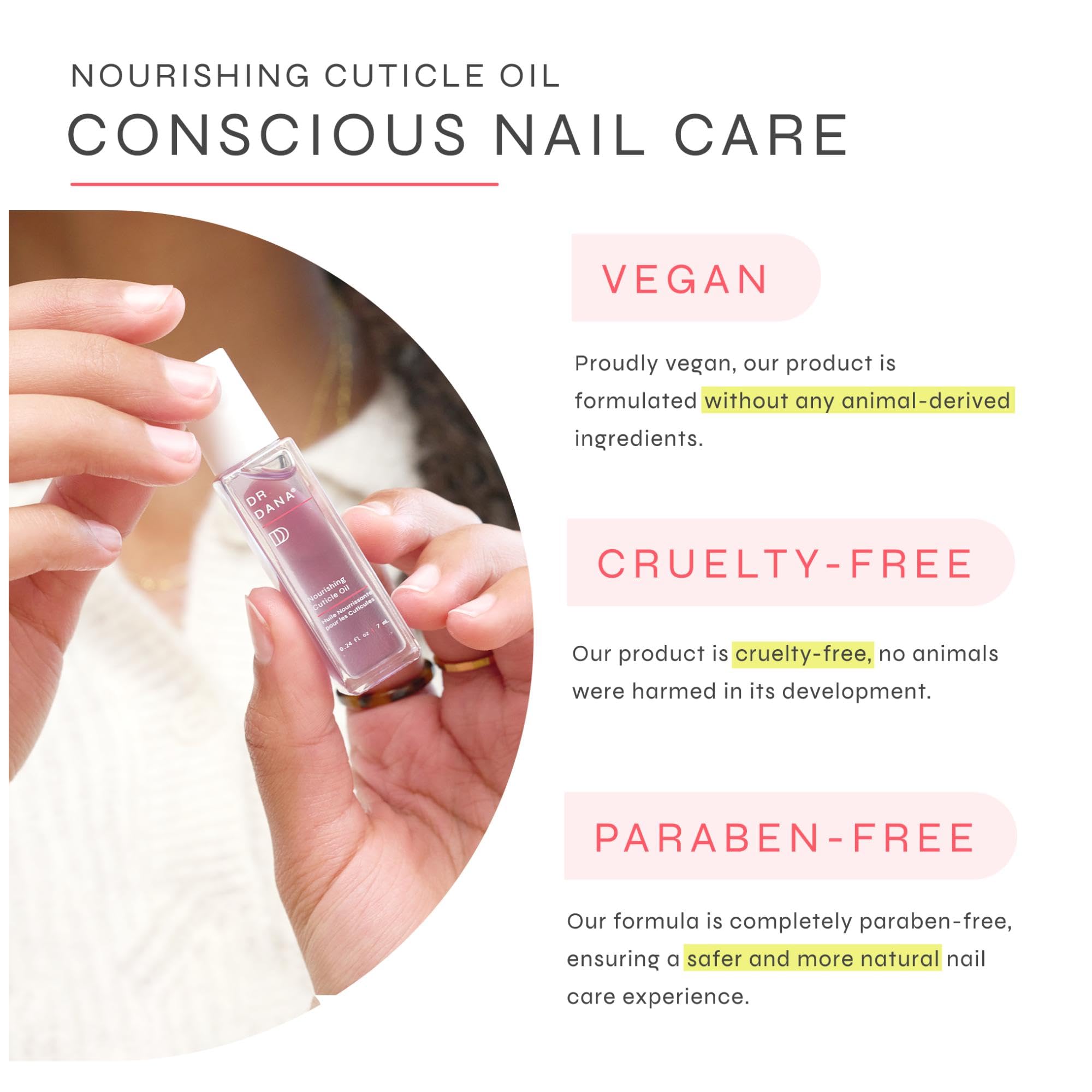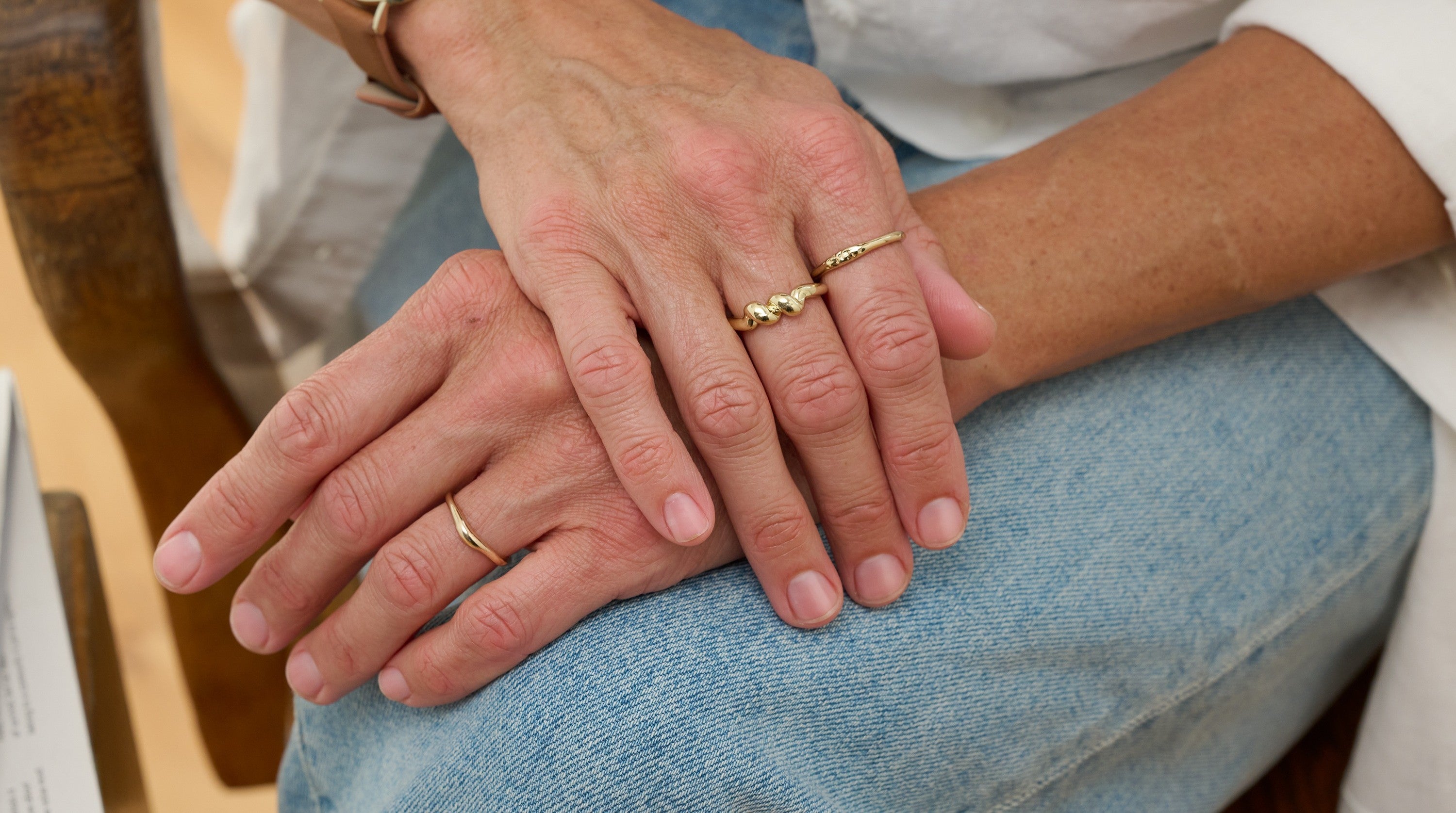Who among us hasn’t had a nail break at a very annoying moment like right before a big meeting or special event? Sometimes it’s a mere inconvenience or you think it looks bad, but occasionally a broken nail can be painful. What most of us often don’t consider are the causes behind breaking nails. Sometimes that can be brittle nails or dry nails, but there are also treatment and prevention options available that you may not know about.
Until now.
What makes nails more susceptible to breaking?
One of the most common breaking nail causes is brittle nails. Brittle nails are nails that are weak, peel, split, and break easily. The causes for brittle nails typically fall into two categories.
Genetic, Aging, and Medical Factors
This first category includes the factors that are difficult to control, as some of them you may have just been born with. These can all cause or contribute to dry or brittle nails.
Genetics
- There is a statistically significant relationship between family history and brittle nails so if one of your parents has them, for example, there’s a good chance you might too.
Aging
- The physiology of your nails changes as you age and parts of the nail growth plate—or nail matrix—can become thinner or even atrophy which can cause ridges in the nail
- Aging also leads to less blood flow to your bodily extremities. For example, paralyzed patients have more brittle nails on the side where they do not have movement.
Medical Conditions
- Hypothyroidism (or underactive thyroid),
- Raynaud’s Disease, which causes some areas of the body like the toes and fingers to feel numb in certain circumstances.
- Severe protein deficiency
Environmental Factors
The second category are the environmental factors that can cause brittle nails and dry nails. You have much more control over these factors and can make lifestyle changes that could significantly improve the health of your nails.
Hydration + Water
- At this point in history, we are all washing our hands and using hand sanitizer more than ever—and it can take a massive toll on our nails and cuticles.
- Nails are extremely absorptive of water. Actually, they absorb water even more easily than our skin. So, what does this mean when it comes to the health of your nails? When water is constantly moving in and out of the nails, it puts a tremendous strain on the delicate nail cells, or oncocytes, This can result in weakening, softening and breakage. Your cuticles can become dehydrated which makes them more likely to lift and separate, causing hangnails or openings where infections can more easily gain entry.
Chemical Exposures
- Now, you may be thinking, “I don’t work with a bunch of chemicals…what do you mean?” But we’re guessing you may come into regular contact with something like nail polish remover. And if that remover contains acetone, it may be even more drying to the nails causing them to become brittle.
- All removers contain solvents like acetone, alcohol, ethyl acetate, or butyl acetate. Look for conditioning formulas that contain ingredients like soy or have added moisturizing benefits from oils. If you wear gel polish, the long acetone soak required to remove it can also be a major cause of dry or brittle nails. Even alcohol-based hand sanitizers can cause significant dehydration to both the nail and the cuticle barrier.
Weather
- We certainly don’t have control over the weather where we live but being aware of its impact on your nails can help.
- Exposure to extremes temperatures, both cold and hot, creates a flux nail cell state, constantly expanding and contracting. Consequently, this puts the nail under tremendous strain. This is especially relevant in the winter when we are often moving from cold to heated environments.
Products You Use
- Many so-called “nail strengtheners” still contain formaldehyde or formalin which can be very damaging to your nails. Formaldehyde will initially harden the nail—however, with time, the nail becomes brittle and is at risk for lifting or separating off of the nail bed.
- Formaldehyde can also cause severe allergic reactions in the surrounding nail folds. The skin becomes extremely irritated, swollen, and painful. There is also significant concern that these ingredients are carcinogenic.
What can I do to make my nails healthier to help avoid broken nails?
Think of a brittle nail that tends to break as something akin to overly processed hair that frizzes and has split ends. There are a few simple tips that can really help with your nail health.
First, try to keep your nails short—the smaller surface area will make nails less prone to breaking. If you’re doing anything that gets your hands wets—from dishes to gardening and everything in between—wear gloves. When choosing a nail file, go with glass. And if you’re picking a polish remover, choose one that is acetone-free if possible. Finally, take a nail polish holiday and consider putting color or clear polish on your nails every other week—with a nail treatment in between.
We condition and protect our hair to avoid these issues and we can try some similar tactics with nails. To help avoid future broken nails, choosing products with the right ingredients is key. The Dr. Dana Nail Renewal System is a 3-step nail system that treats brittle nails with formulas backed by science. Nails look glossy and shiny in just 10 minutes. But there is no polish involved and the whole process is mess-free. You can use this manicure-in-a-box to treat or prevent brittle, weak nails or to simply create a chic, long-lasting lustrous shine without the use of polish or harmful chemicals.
What should I do when I inevitably break a nail?
- First, you should clip the broken nail as close to the fingertip as you can. Next, using a glass/crystal file, gently file any snags, but be sure to avoid the split itself. We recommend our Dr. Dana Precision Glass Nail File.
- Try a do-it-yourself at-home silk wrap
- Empty out a tea bag or grab a paper coffee filter.
- Cut the teabag/coffee filter to the size of a small patch that can cover the break in the nail.
- Paint the broken nail with a generous coat of base coat or nail glue.
- While the base coat/glue is tacky, gently place the trimmed tea bag/coffee filter over the broken part of the nail. (It may be helpful to use a tweezer to hold and apply the tea bag segment).
- Allow it to dry and then cover the nail with one or two more coats of base coat/nail glue.
- After the base coat/nail glue has dried, you can polish with the color of your choice to camouflage the tea bag.
- Note: Be aware that most nail glue contains acrylates, which are chemicals that can cause irritant and allergic dermatitis. Irritant dermatitis can occur after a single application, whereas the allergic version usually occurs after multiple exposures.



